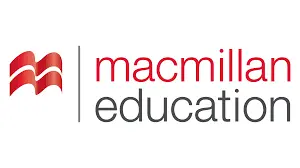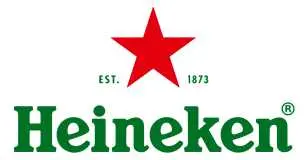
North America Floriculture Market Trends, Size, Share, Growth Demand and Analysis 2034
North America Floriculture Market Growth, Size, Trends Analysis - By Product, By Distributional Channel, By End User - Regional Outlook, Competitive Strategies and Segment Forecast to 2034
| Published: Feb-2025 | Report ID: FMCG2531 | Pages: 1 - 251 | Formats*: |
| Category : Consumer & Retail | |||

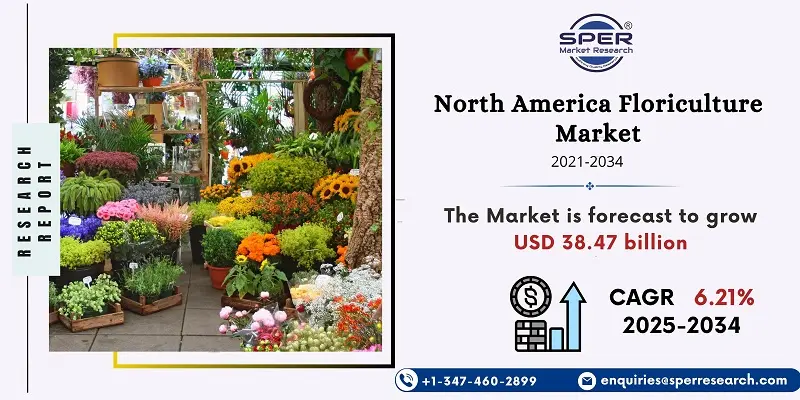
- In April 2024, The American Floral Endowment (AFE) has announced the introduction of the new Sustain abloom website, which offers thorough instructions, useful tactics, and industry insights to promote sustainable practices across the floriculture spectrum.
- In December 2024, through its Marketing Assistance for Specialty Crops (MASC) program, the USDA will give specialty crop growers, including floriculture businesses, billions of dollars in assistance.
| Report Metric | Details |
| Market size available for years | 2021-2034 |
| Base year considered | 2024 |
| Forecast period | 2025-2034 |
| Segments covered | By Product, By Distributional Channel, By End User. |
| Regions covered | Northeast, Midwest, South and West. |
| Companies Covered | Kurt Weiss Greenhouses, Inc., Costa Farms, The Queen’s Flowers, Green Circle Growers, Greenheart Farms, MONROVIA NURSERY COMPANY, Larksilk, Sun Valley Floral Farms, TERRA NOVA Nurseries, Inc., Benary. and others. |
- North America Floriculture Market Size (FY’2021-FY’2034)
- Overview of North America Floriculture Market
- Segmentation of North America Floriculture Market By Product (Bedding and Garden Plants, Pott Plants, Foliage Plants)
- Segmentation of North America Floriculture Market By Distributional Channel (Online, Offline)
- Segmentation of North America Floriculture Market By End User (Commercial, Industrial)
- Statistical Snap of North America Floriculture Market
- Expansion Analysis of North America Floriculture Market
- Problems and Obstacles in North America Floriculture Market
- Competitive Landscape in the North America Floriculture Market
- Details on Current Investment in North America Floriculture Market
- Competitive Analysis of North America Floriculture Market
- Prominent Players in the North America Floriculture Market
- SWOT Analysis of North America Floriculture Market
- North America Floriculture Market Future Outlook and Projections (FY’2025-FY’2034)
- Recommendations from Analyst
1.1. Scope of the report1.2. Market segment analysis
2.1. Research data source
2.1.1. Secondary Data2.1.2. Primary Data2.1.3. SPERs internal database2.1.4. Premium insight from KOLs
2.2. Market size estimation
2.2.1. Top-down and Bottom-up approach
2.3. Data triangulation
4.1. Driver, Restraint, Opportunity and Challenges analysis
4.1.1. Drivers4.1.2. Restraints4.1.3. Opportunities4.1.4. Challenges
5.1. SWOT Analysis
5.1.1. Strengths5.1.2. Weaknesses5.1.3. Opportunities5.1.4. Threats
5.2. PESTEL Analysis
5.2.1. Political Landscape5.2.2. Economic Landscape5.2.3. Social Landscape5.2.4. Technological Landscape5.2.5. Environmental Landscape5.2.6. Legal Landscape
5.3. PORTERs Five Forces
5.3.1. Bargaining power of suppliers5.3.2. Bargaining power of buyers5.3.3. Threat of Substitute5.3.4. Threat of new entrant5.3.5. Competitive rivalry
5.4. Heat Map Analysis
6.1. North America Floriculture Market Manufacturing Base Distribution, Sales Area, Product Type6.2. Mergers & Acquisitions, Partnerships, Product Launch, and Collaboration in North America Floriculture Market
7.1. Bedding and Garden Plants7.2. Pott Plants7.3. Foliage Plants
8.1. Offline8.2. Online
9.1. Commercial9.2. Industrial
10.1. North America Floriculture Market Size and Market Share
11.1. Northeast11.2. Midwest11.3. South11.4. West
12.1. Benary
12.1.1. Company details12.1.2. Financial outlook12.1.3. Product summary12.1.4. Recent developments
12.2. Costa Farms
12.2.1. Company details12.2.2. Financial outlook12.2.3. Product summary12.2.4. Recent developments
12.3. Green Circle Growers
12.3.1. Company details12.3.2. Financial outlook12.3.3. Product summary12.3.4. Recent developments
12.4. Greenheart Farms
12.4.1. Company details12.4.2. Financial outlook12.4.3. Product summary12.4.4. Recent developments
12.5. Kurt Weiss Greenhouses, Inc.
12.5.1. Company details12.5.2. Financial outlook12.5.3. Product summary12.5.4. Recent developments
12.6. Larksilk
12.6.1. Company details12.6.2. Financial outlook12.6.3. Product summary12.6.4. Recent developments
12.7. MONROVIA NURSERY COMPANY
12.7.1. Company details12.7.2. Financial outlook12.7.3. Product summary12.7.4. Recent developments
12.8. Sun Valley Floral Farms
12.8.1. Company details12.8.2. Financial outlook12.8.3. Product summary12.8.4. Recent developments
12.9. TERRA NOVA Nurseries, Inc.
12.9.1. Company details12.9.2. Financial outlook12.9.3. Product summary12.9.4. Recent developments
12.10. The Queens Flowers
12.10.1. Company details12.10.2. Financial outlook12.10.3. Product summary12.10.4. Recent developments
12.11. Others
SPER Market Research’s methodology uses great emphasis on primary research to ensure that the market intelligence insights are up to date, reliable and accurate. Primary interviews are done with players involved in each phase of a supply chain to analyze the market forecasting. The secondary research method is used to help you fully understand how the future markets and the spending patterns look likes.
The report is based on in-depth qualitative and quantitative analysis of the Product Market. The quantitative analysis involves the application of various projection and sampling techniques. The qualitative analysis involves primary interviews, surveys, and vendor briefings. The data gathered as a result of these processes are validated through experts opinion. Our research methodology entails an ideal mixture of primary and secondary initiatives.
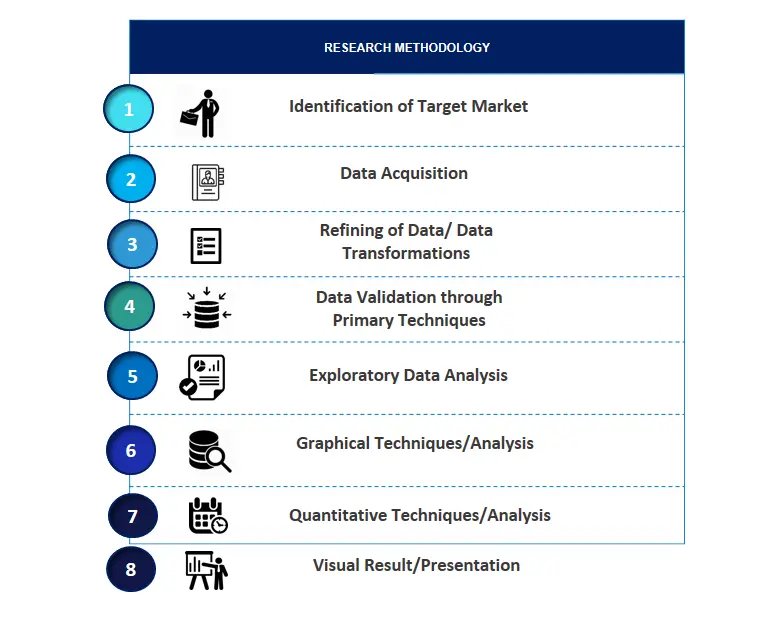
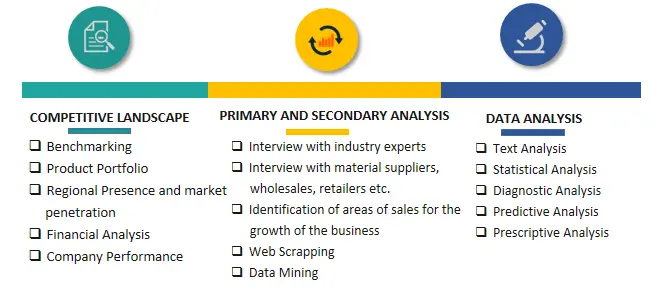

Frequently Asked Questions About This Report
PLACE AN ORDER
Year End Discount
Sample Report
Pre-Purchase Inquiry
NEED CUSTOMIZATION?
Request CustomizationCALL OR EMAIL US
100% Secure Payment






Related Reports
Our Global Clients
Our data-driven insights have influenced the strategy of 200+ reputed companies across the globe.













